Introduction
Stir-frying beef is a culinary delight that combines the savory flavors of soy sauce, garlic, and ginger with the tender texture of perfectly cooked beef. However, one common pitfall that many home cooks encounter is overcooking their beef, resulting in a dry, tough dish that lacks the mouthwatering tenderness it should possess. Overcooked beef stir-fries can turn an otherwise promising meal into a disappointment. But fear not! This comprehensive guide will equip you with the knowledge and techniques to ensure your beef stir-fries are always tender, juicy, and flavorful. By understanding the science behind cooking beef and adopting a few key practices, you can transform your stir-fries from good to great.
Understanding Beef and Cooking Methods
Before diving into the specifics of how to prevent overcooking beef stir-fries, it’s essential to understand the basic principles of cooking beef. Beef is composed of muscle fibers, collagen, and fat. The quality and type of beef, as well as its cut, significantly impact its cooking characteristics. For stir-fries, cuts like sirloin, flank steak, or skirt steak are ideal due to their relatively lean nature and ability to retain moisture when cooked quickly over high heat.
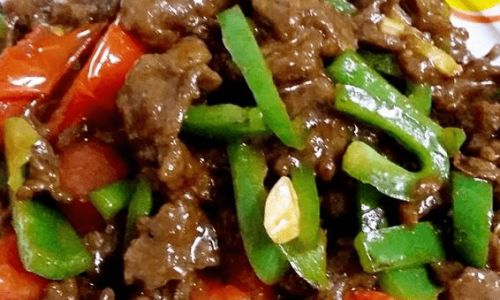
The Science of Overcooking
Overcooking beef occurs when the muscle fibers are exposed to heat for too long, causing them to contract and squeeze out moisture. This results in a loss of juices, making the beef dry and tough. Collagen, which is abundant in tougher cuts like brisket or shank, also breaks down into gelatin at higher temperatures over longer periods, but for stir-fries, we’re more concerned with the rapid cooking of tender cuts to retain moisture.
Key Techniques to Prevent Overcooking
-
Selection of Cut
Choosing the right cut of beef is the first step towards a successful stir-fry. As mentioned, cuts like sirloin, flank steak, or skirt steak are optimal for stir-fries because they are tender and have a good balance of flavor and texture. Avoid cuts with a lot of connective tissue or fat marbling, as these can make the stir-fry greasy or require longer cooking times.
-
Proper Slicing
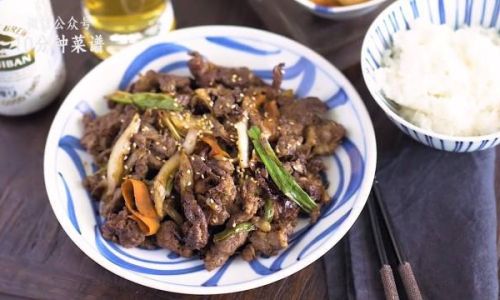
The way you slice your beef can make a significant difference. Always slice the beef against the grain, meaning you should cut perpendicular to the muscle fibers. This shortens the fibers, making the beef easier to chew and less prone to shrinking and toughening during cooking. Aim for thin, even slices to ensure uniform cooking.
-
Marinating
Marinating your beef not only adds flavor but also helps to tenderize it. Acidic ingredients like soy sauce, vinegar, or lemon juice can break down some of the muscle fibers, making the beef more tender. Oil in the marinade helps to coat the beef, preventing it from drying out during cooking. Marinate for at least 30 minutes, but overnight marination can yield even better results.
-
Prepping the Pan
A hot, well-seasoned pan is crucial for stir-frying. Preheat your pan over high heat until it’s smoking hot. This ensures that the beef sears immediately upon contact, locking in juices and creating a flavorful crust. Use a high-quality oil with a high smoke point, such as avocado oil, peanut oil, or grapeseed oil, to prevent the oil from smoking and burning before the beef is cooked.
-
High Heat, Short Time
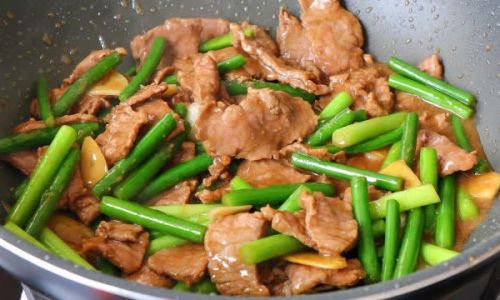
The key to tender stir-fried beef is cooking it over high heat for a short period. This method, known as stir-frying or sautéing, rapidly cooks the exterior while keeping the interior moist and tender. Once the pan is hot, add a small amount of oil and quickly add the beef in a single layer, avoiding overcrowding. Stir-fry for just a few minutes, until the beef is browned on all sides but still slightly pink inside for medium-rare or cooked through but juicy for medium.
-
Don’t Overstir
Overstirring can cause the beef to break apart and lose its juices. Instead, use a quick, tossing motion to turn the pieces occasionally. This ensures even cooking without compressing the beef and squeezing out its juices.
-
Resting the Beef
After removing the beef from the pan, let it rest for a few minutes. This allows the juices to redistribute within the meat, ensuring a more tender, juicy bite.
-
Cooking Order
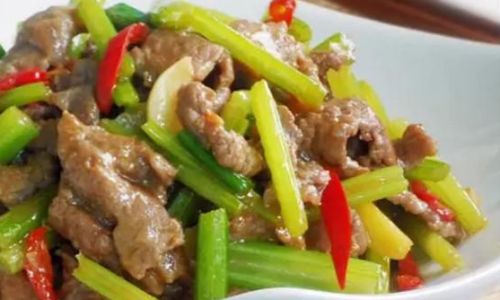
If your stir-fry includes vegetables, cook the beef first and remove it from the pan before adding the vegetables. Vegetables generally take longer to cook than thin slices of beef, so cooking them separately ensures both components are cooked to perfection. Once the vegetables are tender, return the beef to the pan to reheat and combine flavors.
-
Temperature Control
Monitoring the cooking temperature is vital. If the pan is too cool, the beef will stew rather than sear, leading to a loss of juices and flavor. Conversely, if the pan is too hot, the beef can burn on the outside while remaining raw inside. Use a thermometer if necessary to ensure your pan reaches the ideal cooking temperature.
-
Avoiding Overloading the Pan
Overcrowding the pan prevents proper caramelization and even cooking. Work in batches if necessary, ensuring each batch has enough space to sear properly without steaming.
Troubleshooting Common Issues
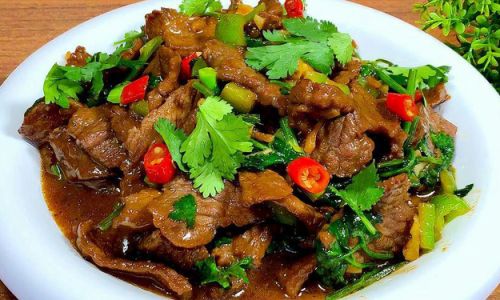
- Tough Beef: If your beef is tough, it may have been overcooked or sliced with the grain. Ensure you slice against the grain and cook over high heat for a short time.
- Dry Beef: Dry beef often results from overcooking or not using enough marinade. Marinate longer and cook over high heat for less time.
- Burnt Exterior: This usually happens when the pan is too hot or the oil is not hot enough before adding the beef. Preheat the pan and oil thoroughly.
- Greasy Stir-Fry: Excess fat can come from using too much oil or not draining marinades properly. Use just enough oil to coat the pan and pat the beef dry before cooking.
Conclusion
Mastering the art of stir-frying beef requires attention to detail, an understanding of cooking principles, and a willingness to experiment. By selecting the right cut, slicing correctly, marinating thoughtfully, using high heat, and avoiding common pitfalls, you can transform your beef stir-fries from ordinary to extraordinary. Remember, the goal is to cook the beef quickly over high heat to retain its juices and natural flavors. With practice, you’ll develop a feel for when the beef is perfectly cooked, achieving that delicate balance of tender texture and rich flavor that makes stir-fried beef a culinary delight. Happy cooking!
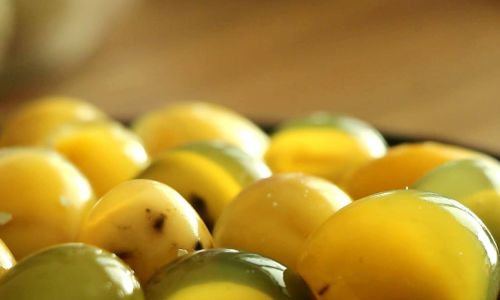
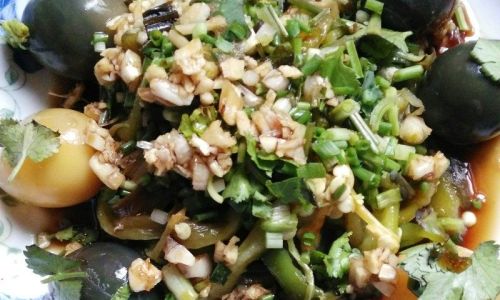
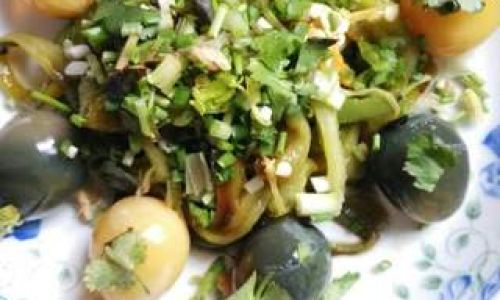



0 comments